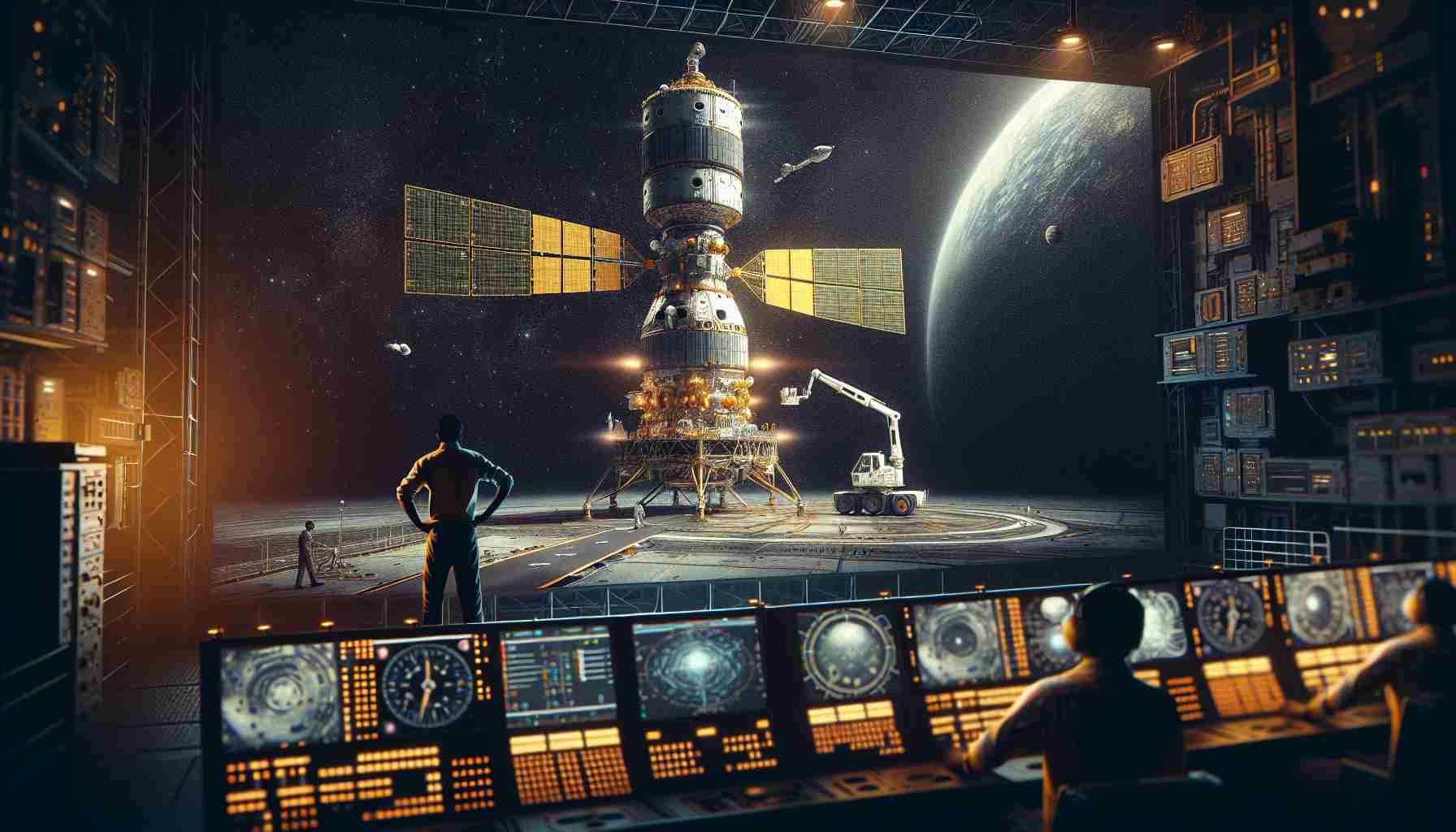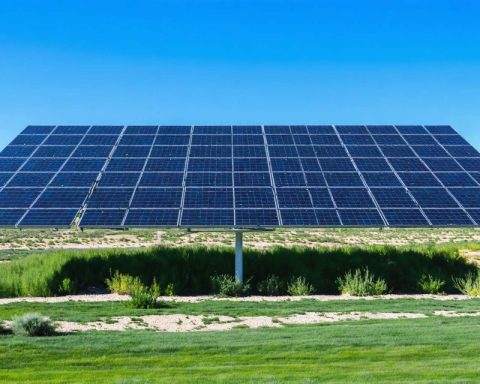The Indian Space Research Organisation (ISRO) is on the verge of a groundbreaking achievement with its SpaDeX mission. The two satellites, SDX01 (Chaser) and SDX02 (Target), are now just 600 meters apart and set to dock soon.
This pioneering mission, the first of its kind for India, represents a leap forward in space exploration and technology. The SpaDeX satellites were launched on December 30, 2024, and began their journey separated by about 20 kilometers. Over the past few days, ISRO has meticulously executed a series of maneuvers to narrow this distance, bringing the satellites into precise alignment for the critical docking procedure.
Scheduled for Thursday morning at 8 AM IST, this docking requires sophisticated communication between the two satellites, utilizing a specialized radio frequency link. This system enables them to share essential information about their location and orientation—vital for a successful connection.
ISRO initially aimed to dock the satellites on January 6 but decided to delay to ensure full system checks were performed. This mission not only seeks to validate advanced technologies essential for future lunar missions and the development of an Indian space station but also aims to contribute to international advances in automated docking systems, which will be crucial for future interplanetary exploration efforts.
With the world watching, ISRO’s innovative steps will undoubtedly solidify India’s position in the realm of space technology.
ISRO’s SpaDeX Mission: Pioneering India’s Automated Space Docking
Overview of the SpaDeX Mission
The Indian Space Research Organisation (ISRO) is making significant strides in the field of space technology with its SpaDeX mission, which aims to demonstrate advanced automated docking capabilities. The mission involves two satellites: SDX01 (Chaser) and SDX02 (Target), which are in the final stages of preparation for docking. Launched on December 30, 2024, these satellites have successfully navigated from an initial distance of 20 kilometers to just 600 meters apart, showcasing ISRO’s precision in space maneuvers.
Key Features of the SpaDeX Mission
1. Technology Validation: The mission serves as a critical test for various technologies that are essential for future endeavors such as lunar missions and the proposed Indian space station.
2. Automated Docking Systems: By focusing on automated docking, ISRO contributes to global efforts in developing systems that can support interplanetary exploration. This technology is vital for spacecraft that require assembly in orbit or resupply missions to extraterrestrial bases.
3. Communication Protocols: The two satellites utilize a specialized radio frequency link for real-time data sharing, which is crucial for ensuring precise orientation and positioning during the docking process.
How SpaDeX Enhances India’s Space Ambitions
Pros of the SpaDeX Mission
– Technological Advancement: The mission is pivotal in enhancing India’s capabilities in satellite and space operations, providing a platform for future explorations.
– International Collaboration: The data and methodologies developed during this mission could lead to collaborations with other countries and space agencies, furthering international space research.
Limitations of the SpaDeX Mission
– Resource Intensive: The mission requires significant investment in technology and resources, raising questions about cost-effectiveness for future projects.
– Dependency on Weather Conditions: Docking maneuvers can be affected by unforeseen space weather conditions, which may pose challenges in real-time execution.
Upcoming Trends in Space Technology
As automated docking technology matures, we can expect a surge in missions that utilize similar systems. This will not only include missions focused on low Earth orbit but potentially expand to Mars and beyond. ISRO’s success with SpaDeX could inspire other nations to develop their advanced space technologies, igniting a new race in satellite and interplanetary exploration.
Pricing and Investment
The exact cost of the SpaDeX mission is yet undisclosed; however, missions of this scale typically represent a significant investment. The importance of this investment lies not just in immediate goals but in the long-term benefits associated with technological advancements and international competitiveness in space exploration.
Security Aspects
With increased satellite communication and data sharing, security measures must be reinforced to protect sensitive information. ISRO is likely implementing robust cybersecurity protocols to safeguard against potential threats during and after the docking process.
Conclusion
The SpaDeX mission underscores a transformative period for ISRO and India in the global space arena. As they prepare for the docking scheduled for Thursday morning, this mission marks a step not only toward enhanced capabilities within India but also contributes to the broader narrative of international space exploration innovation.
For more information about ISRO’s missions and advancements, visit ISRO’s official website.



















